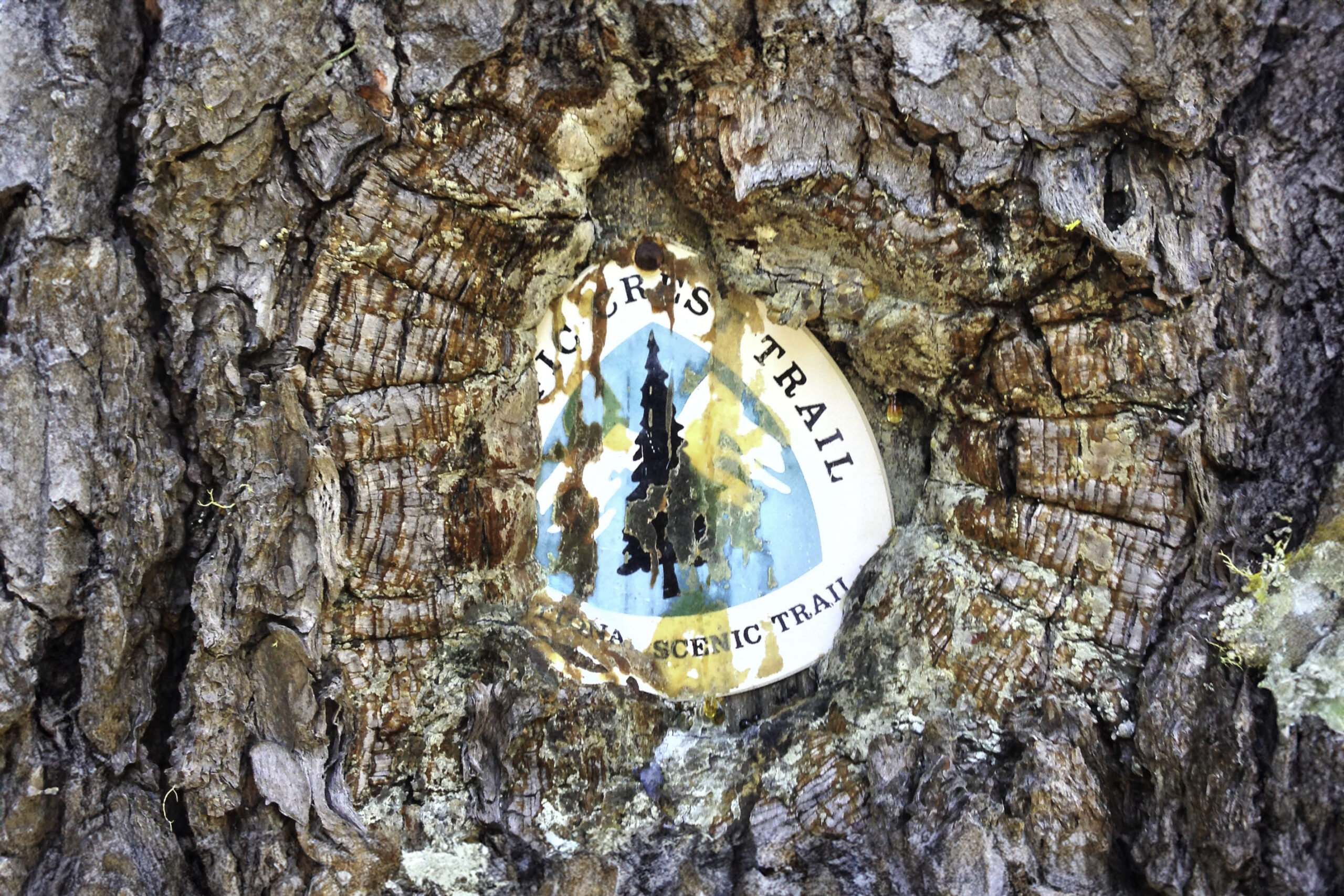
Completing a thru-hike can be profoundly rewarding. You can spend months (or years!) researching, planning for, and eventually hiking…a lot. Mustering up the courage to set out on your first thru-hike just might be the best decisions you ever make. But where do you begin?
If you are considering setting out on a multi-week or multi-month adventure, here are a few trail-tested tips to get you started on what could be one of the toughest but most enriching adventures of your life.
The Triple Crown of U.S. Thru-Hikes
Appalachian Trail (AT) – 2,180 Miles from Georgia to Maine along the Appalachian Mountain range – The OG granddaddy of all thru-hikes. The AT passes through 14 states and is the most popular thru-hiking trail in the United States.
Pacific Crest Trail (PCT) – 2,650 Miles from Mexico to Canada – Traverses the deserts of southern California and Rides the Sierra Nevada and Cascade Mountain ranges a few hundred miles east of the Pacific Coast. The PCT passes through California, Oregon, and Washington.
Continental Divide Trail (CDT) – 3,100 Miles from Mexico to Canada – Rides the Rocky Mountain range along the continental divide of the U.S. Passes through New Mexico, Colorado, Wyoming, Idaho, and Montana.
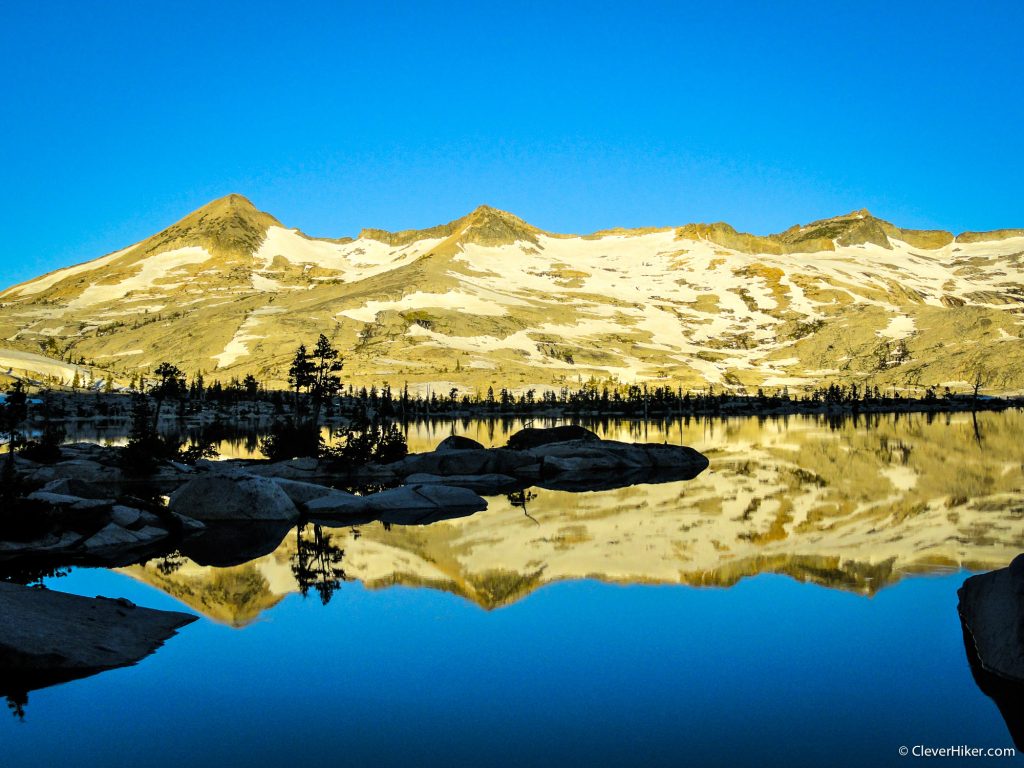
1. Study Up – Do Your Research
Your first thru-hike won’t be like any other backpacking trip you’ve ever taken, so don’t expect to prepare the same way or bring the same gear. On the one hand, you can’t plan too much. On the other hand, we can guarantee your plans will change along the way.
You’ll almost certainly need much lighter equipment. Plus, you’ll want to be confident in your outdoor and backcountry trail skills and to expect logistical challenges as you go. You won’t truly figure it all out until you actually get out there to see what works best for you. And if you have a bout of imposter syndrome, you’re definitely not alone.

2. Know The Pitfalls – Then Avoid Them
The tough truth is that most people who begin a thru-hike don’t make it the entire way. Super reliable statistics are hard to come by, but only 25% (or so) of those who start one of the big three hikes actually complete it. If you want to be part of the minority that do, it’s good to know where others have fallen short.
Common Reasons for Ending Early
- Unrealistic expectations – It’s easy to romanticize the idea of thru-hiking from the comfort of your couch, but it often doesn’t feel romantic on trail. Your hike will take many months of very hard work. It won’t always be exciting, and the terrain won’t always be picturesque. It will be intensely rewarding – just don’t expect an easy stroll.
- Mental fatigue – Thru-hiking is tough on your body – and even tougher on your brain. There will be times where you’re exhausted, sore, hungry, cold, filthy, and wet. There will also be times where you’re homesick, lonely, and bored out of your mind. It takes mental fortitude not to give up in those moments. Just remember, it will get better. The saying “the only way to eat an elephant is one bite at a time” is as true about thru-hiking as anything else.
- Running out of time / money – This is where planning is key. Falling too far behind schedule and spending over your budget are two quick ways to diminish your chances of making it to the end. Put together a (flexible) plan, track your progress, and pay close attention to your finances.
- Physical injury / sickness – Thru-hiking puts an incredible amount of stress on your muscles, bones, and joints. It’s critical that you take excellent care of your body before and during your hike. With the right training, preparation, and daily stretching you’ll keep your body running strong. Injuries and illnesses that take weeks to heal will likely end your trip early.
- Family/ life events – Life away from the trail goes on. If you have a family emergency that backburners your adventure, just remember the trail will be there waiting for you when you’re ready to get back on it (even if that’s one, five, or ten years from now).
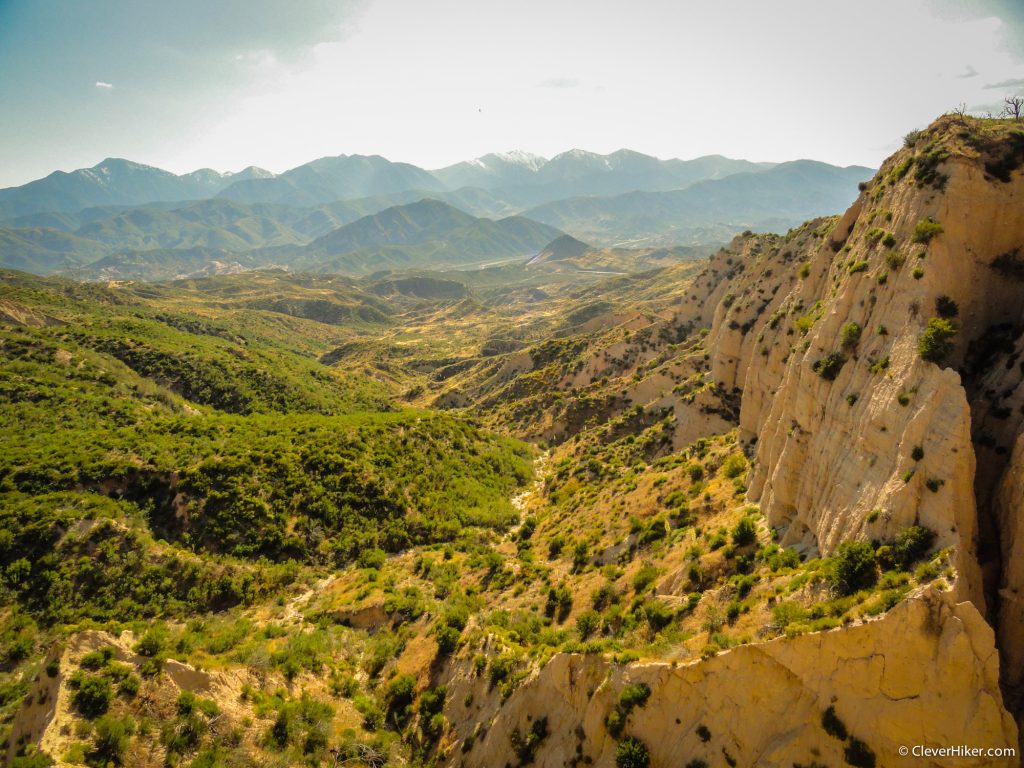
3. Define Success – Then Go Get It
Get specific about what you want to achieve. That will keep you focused on important milestones and make future decisions easier. For example, is your goal to walk every step of the trail, even if that means trudging through snow-covered sections and enduring long road-walking detours? Maybe you want to hike for 100 days no matter how far you get. Maybe you want to be sure you hit different landmarks. Maybe your journey is more about personal exploration and less about rigid measurement.
Whatever your aim is, be honest with yourself and get specific about what success looks like for you.
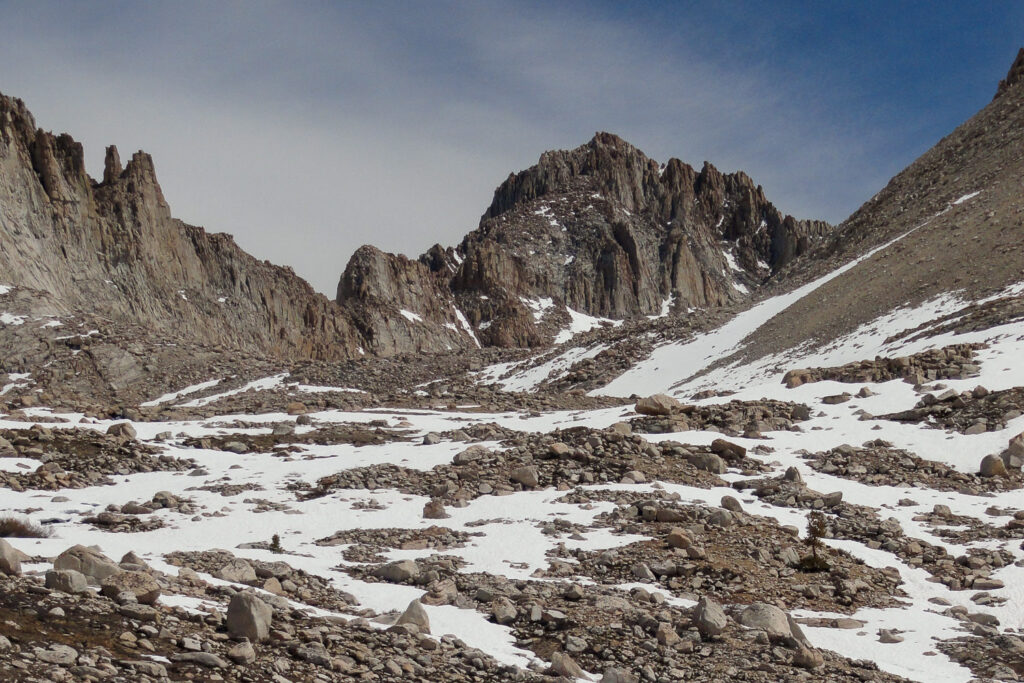
4. Get Your Gear Weight Down – Way Down
Your first thru-hike won’t be like any other backpacking trip you’ve ever taken, so pack like you’ve never packed before – with way lighter gear than you typically carry.
Trekking long miles isn’t about brute strength. It’s about endurance and efficiency. The less your pack weighs, the more efficiently you’ll be able to cover miles, and the less stress you’ll put on your body.
Most beginners ditch several pounds of unnecessary gear within the first week of their trek. Many also wish they had invested in lighter equipment. So, get serious about bringing your gear weight down well before you get on the trail.
If your ready to geek out on gear, we’ve got you covered with our guides to ultralight tents, backpacking backpacks, quilts, and sleeping pads, as well as our Lightweight Backpacking Foundations Video Series.

5. Prioritize Your Thru-Hike
It’s a guarantee that life will try to get in the way of your thru-hike. If you want to reach your goal, you’ll need to make your thru-hike a primary focus, both on and off the trail. This is key while your prepare and while you’re on the trail. If you fully commit to your hike and know how much wiggle room you have, you’ll be far more likely to succeed.
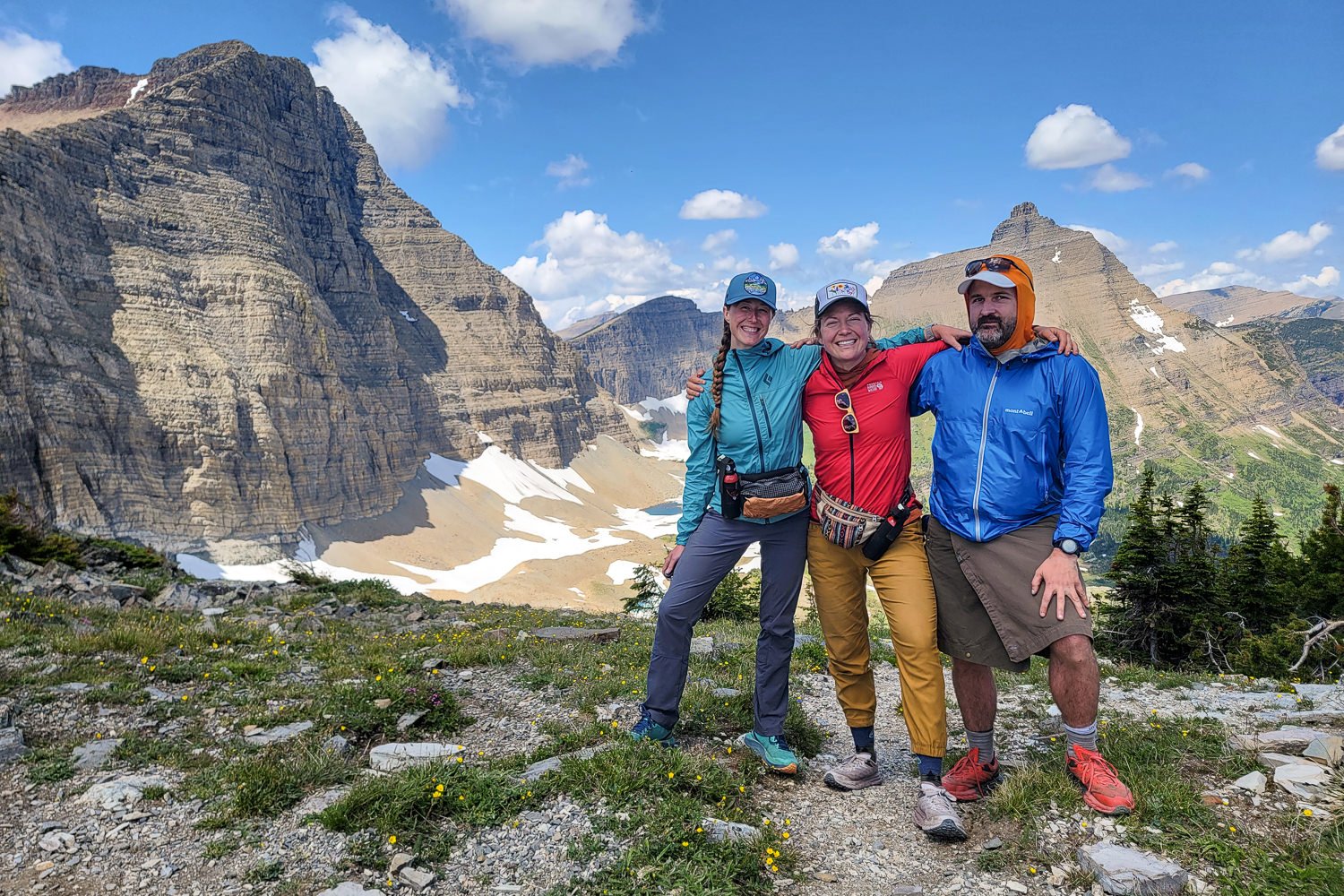
6. Improve Through Practice
The best way to get into great hiking shape is to hike. The best way to learn about new hiking gear is to use it in the field. The best way to experience what a thru-hike feels like is to go on more backpacking trips.
The more training you do before your thru-hike, the more mentally and physically prepared you’ll be. Even short overnight trips will boost your fitness, help you cut your pack weight, and increase your confidence.
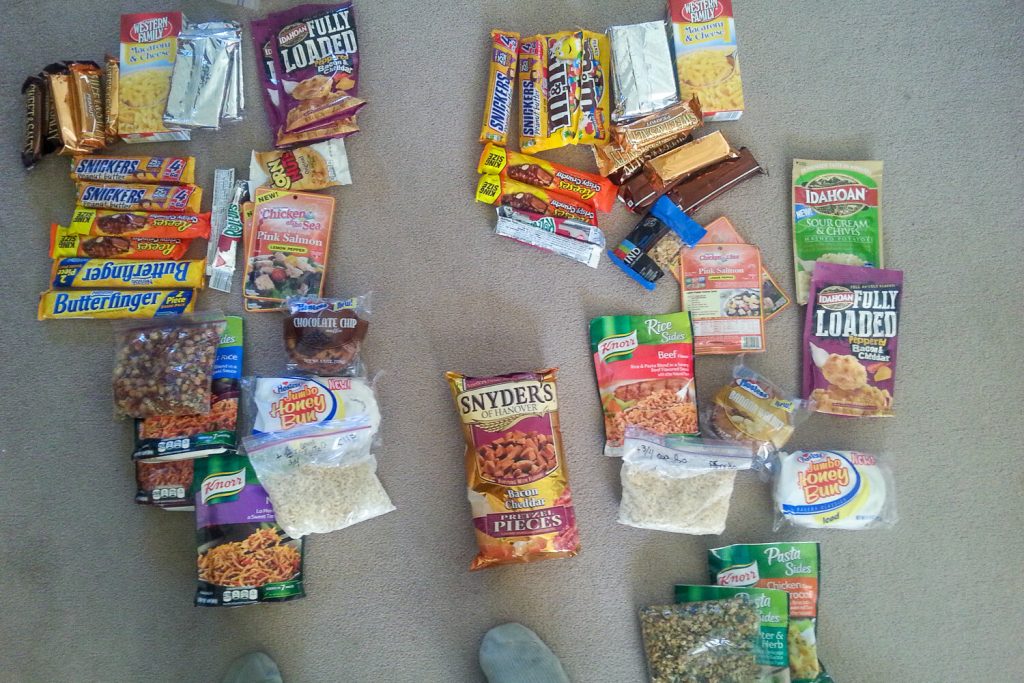
7. Get The Money Right
Running out of cash is a surefire way to end your trek early. Plan ahead and track your budget along the way. Factor in travel, hotel/motel stays, restaurant bills, rest days, resupply food, gear repair and replacement, postage, laundry, and a little extra for an emergency fund.
So how much do you need to save? Your spending habits on trail are likely to carryover from the rest of your life (so our answer is, it depends). However, our rule of thumb is about $3 per mile of hiking. The average hiker can expect to spend $6,000-$12,000 on a thru-hike of one of the big three.
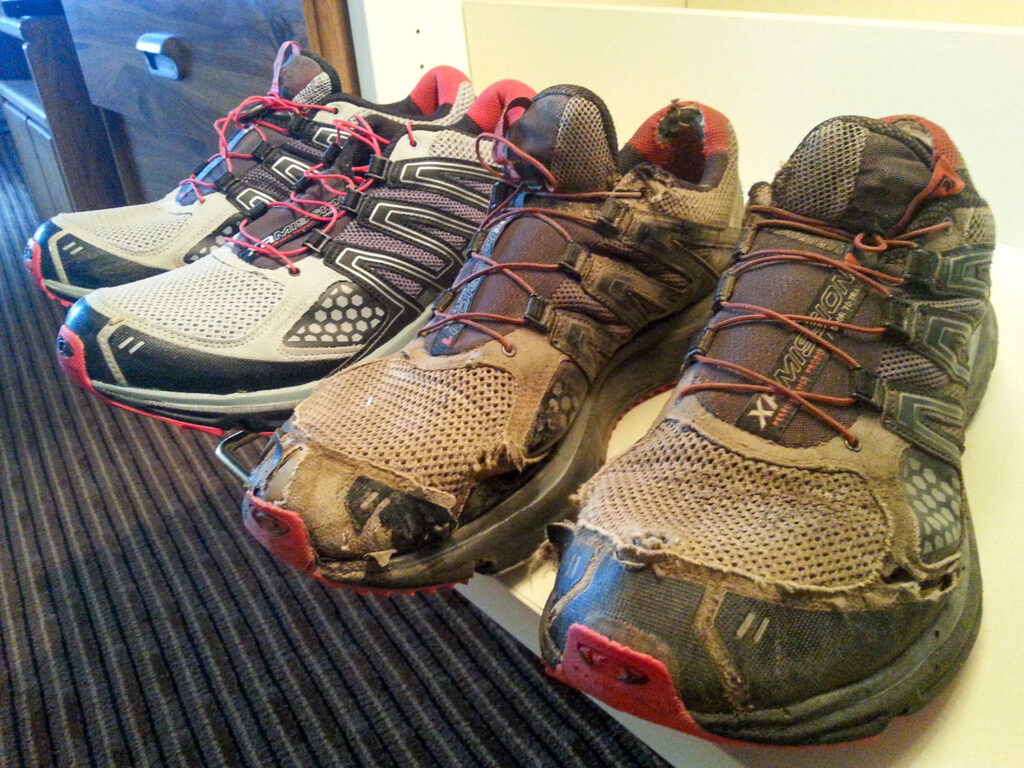
8. Arrange Social Support
You’ll make new friends on the trail, but it’s also common to feel lonely and homesick. Simple comforts like postcards and care packages from loved ones can make a world of difference. Tell your family and friends about your trek and let them know some locations of where you think you’ll be and when so they can send notes or small food packages.
If you’re wondering how you will know where you’ll be, you won’t exactly know, but post offices and many hiker-friendly businesses in trail towns will hold parcels until you get there. Just make sure to be very specific about what you’re looking for. Nobody wants to lug around a 10-pound summer sausage from Aunt Gina.
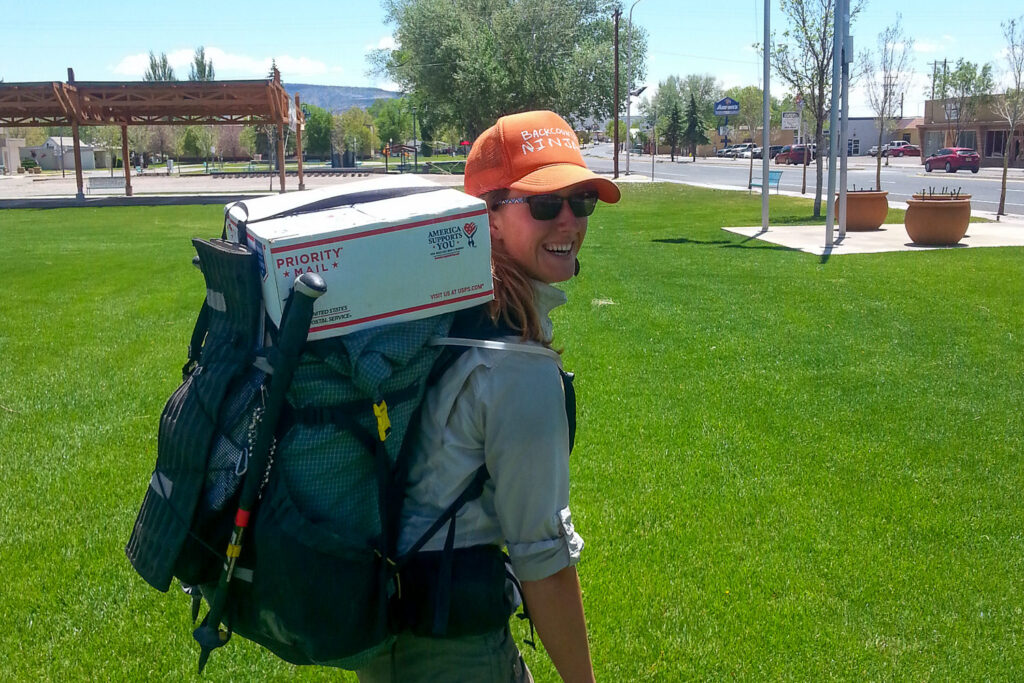
9. Go Easy On Resupply – Save Time & Money
Resupply strategy is a critical part of any thru-hike (and also a personal choice). Just be careful not to overdo it.
Most of the trail towns along the AT, PCT, and increasingly the CDT, see hundreds or thousands of thru-hikers every year. They know what hikers need, and their businesses stock up for the season. Even with a typical trail town mark up, it usually costs much more to ship a bunch of food packages than it would to buy the same exact food at a small store along the way.
Also – and we cannot stress this enough – your food preferences will change over time.
You’ll find that you’re tired of eating the meals you thought you’d want months ago.
The main disadvantage to trail-town resupplying is that you won’t have the same variety. Make up for that by sending yourself a few smaller packages at tougher resupply points along the trail. Of course, if you have a dietary need or food allergy, you also want to be sure to send yourself what you need to stay healthy.
For more details on the basics, take a look at our article on backpacking food 101 as well as our favorite freeze-dried meals, energy bars, hydration mixes, and homemade food recipes for the trail.
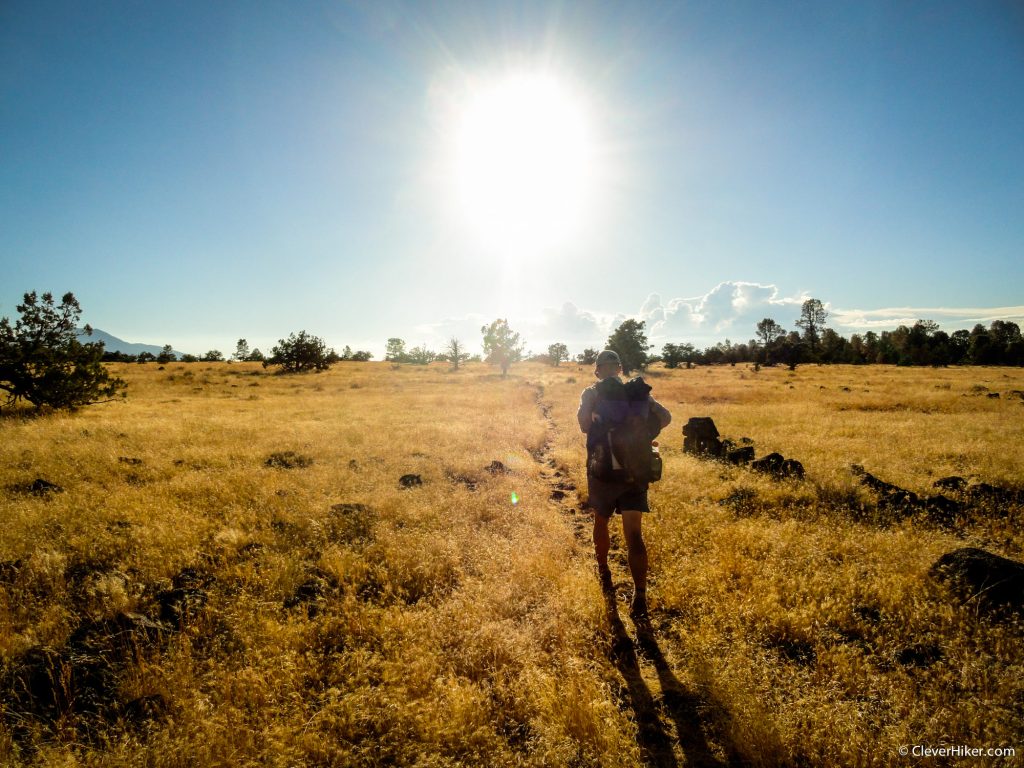
10. Hike Your Own Hike
This is a popular saying in the hiking community that you’ll likely hear a lot. All it really means is that you should focus on what’s best for you during your hike.
Don’t feel pressure to conform to anyone else’s hiking style or standards – especially the opinions you read on social media in the lead up to your hike. Hike every inch of a trail or skip around. Take some rest days or don’t. Hike 50 miles. Hike 5 miles. Take a three hour lunch. Wake up early, sleep in late.
There are a million ways to have a great hike, so stay true to what’s right for you.
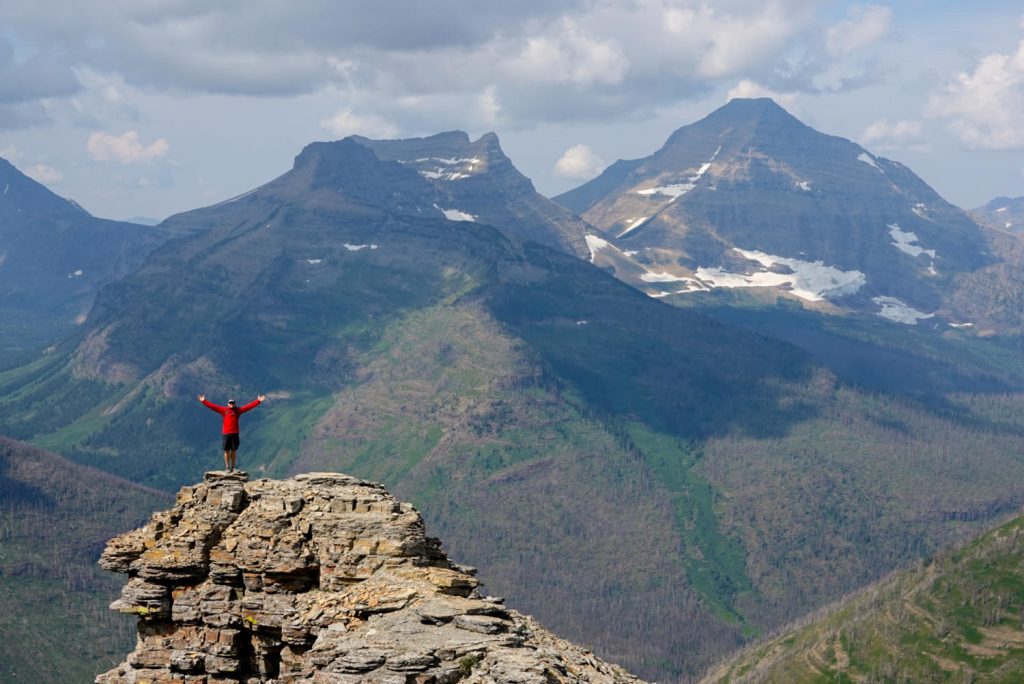
11. Go Solo or Partner – Just Keep Autonomy
Hiking with a long-time friend or loved one can be a great way to tackle a thru-hike, but you still have individual needs. Traveling for 5-6 months with anybody is hard, and when you throw in the daily stresses of trail life (hunger, dehydration, mental fatigue and boredom), relationships can easily falter.
We recommend having an explicit conversation with your hiking partner prior to starting the hike. During the adventure, be sure to give them plenty of space and consider bringing separate gear so you can move independently for a few days if you need to. If you support and respect each other, your connection will become stronger than ever.
You can also set out on your own and make friends along the way. The thru-hiking community is friendly, and you’ll meet lots of people traveling on the same schedule. The AT and PCT have strong social scenes. The CDT isn’t as developed, but you’ll still see people out there if you are going during the main hiking season.
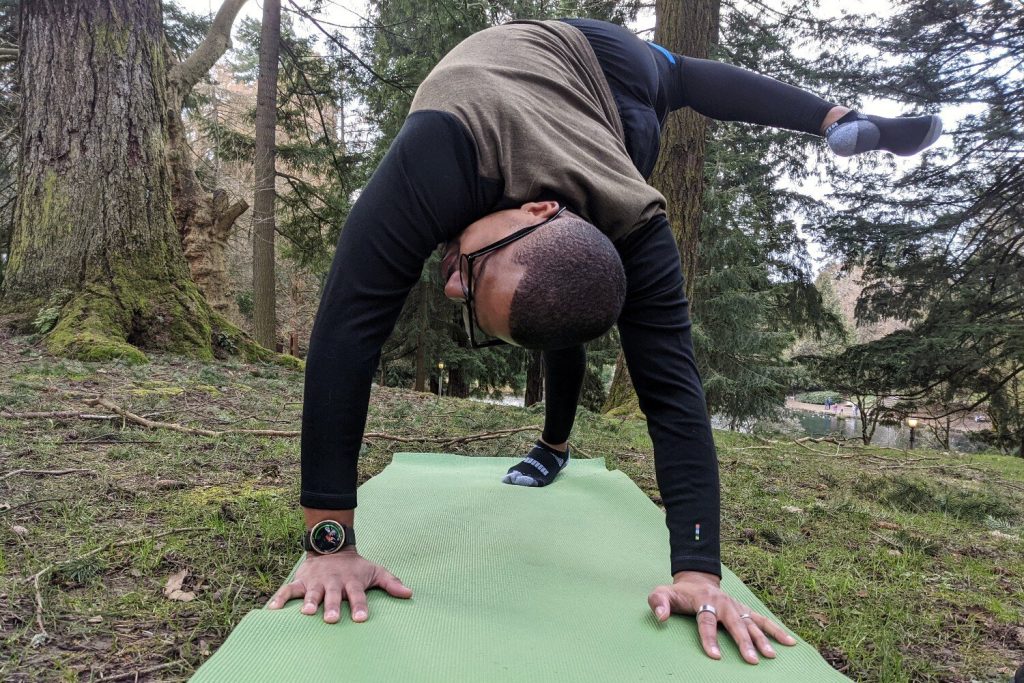
12. Stretch Often – And Then Stretch More
Stress injuries are common among long-distance hikers, and the best way to avoid them is through regular stretching.
Take a few minutes to stretch your calves, quads, and hamstrings every morning, evening, and during rest breaks. It’s easy to neglect stretching, especially when you’re tired. But staying consistent with a routine can make a big difference.
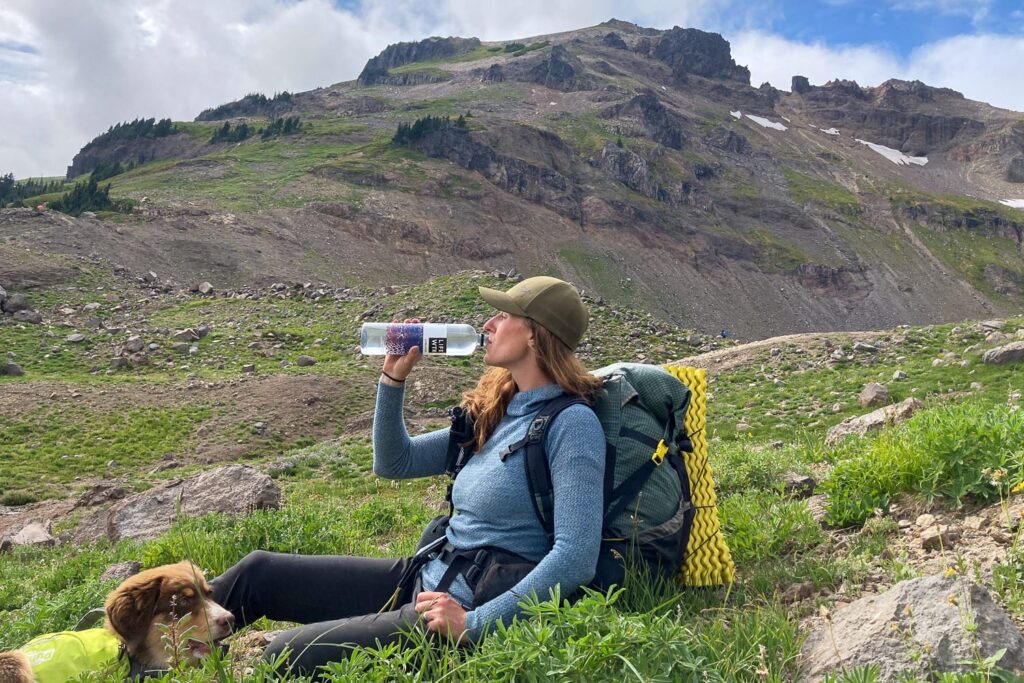
13. Listen To Your Body – It’s Smart
Pace yourself in the beginning and build up your daily mileage as your legs get stronger. Sometimes your body will tell you that you need to rest or go slower. When that happens, listen to it. Slowing down and taking rest days can help you avoid injuries and mental fatigue early on.
Pushing through pain will inevitably be part of your hike, but if you push too hard, you won’t be around long enough to see the finish line. If you make it to the end, there will be a time when you feel like you could walk indefinitely. But for most people, that’s not on day one. Take it easy to start.
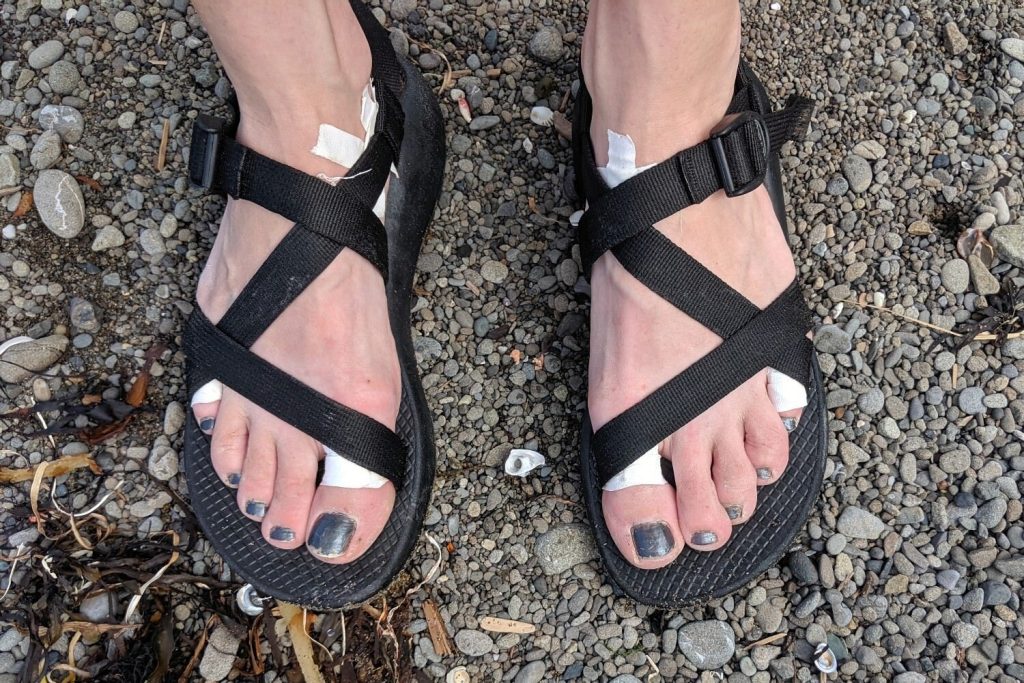
14. Love Your Feet – They Have A Tough Job
Taking excellent care of your feet is crucial for completing any thru-hike. Your feet are your vehicle – they carry you and everything keeping you alive. If your feet hurt, every step will hurt, and you’re going to take around 6-8 million steps. So treat your feet like the champions they are.
The majority of thru-hikers wear a combination of lightweight trail running shoes, synthetic socks, and running gaiters. That combination will let your feet breathe, keep weight down, and minimizes blistering.
For more info, check out our article 5 Reasons to Ditch Your Hiking Boots, as well as our video on lightweight footwear & trekking poles.
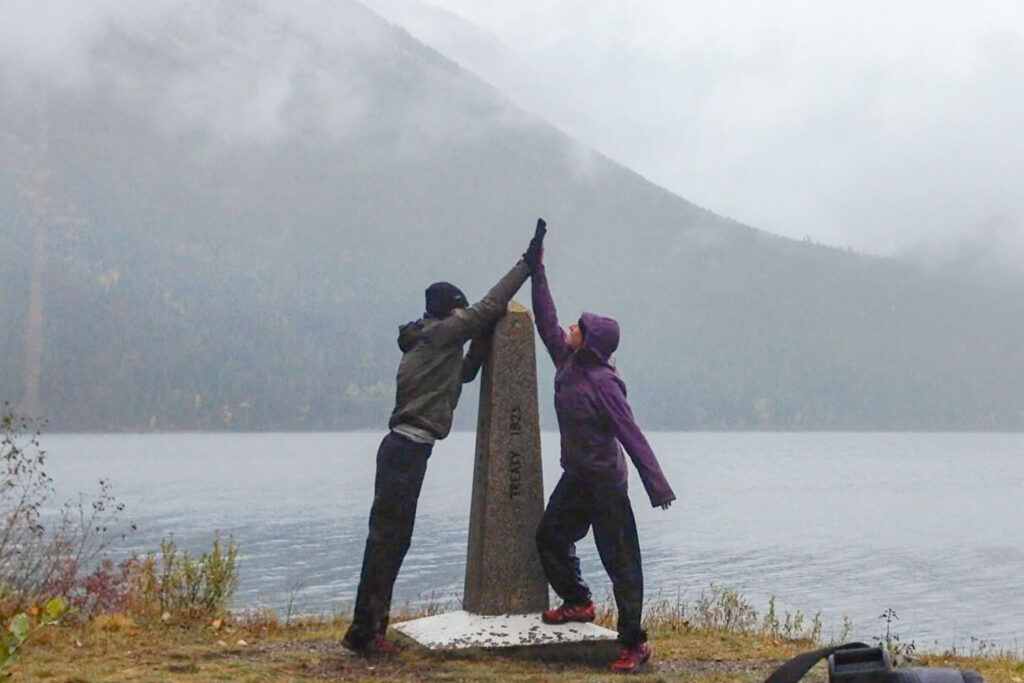
15. It’s Not A Race
Save for elite hikers trying to set a fastest known time (FKT), thru-hiking is not a race. It’s easy to get swept up in competitive thinking. Many early conversations with other hikers often drift toward the same topics – how many miles are you averaging per day? Who’s “ahead” of you? Who’s “behind” you?
You may want to hike with a person or group, but ultimately, focus on a pace that’s best for your body, and be up front with anyone else you are hiking with about your pace and what you want to get out of the trip.
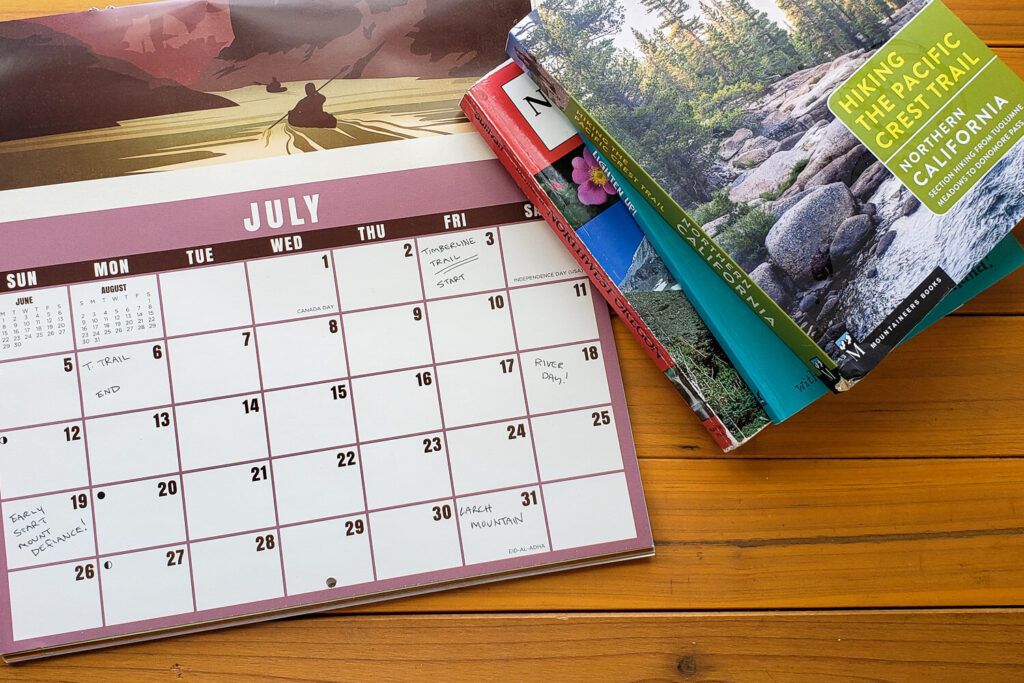
16. Keep A Flexible Schedule – Within Reason
Sticking to an exact schedule won’t work, so don’t put your body and mind through the stress. Have a general timeline and track your pace as you go. Giving yourself room for flexibility is key. Also, be cautious about scheduling trail meet-ups or events on specific dates. It’s nearly impossible to know where you’ll be on the trail months in advance.
How do you stay flexible? If you don’t already know, you will learn quickly what your hourly and daily pace is. This will allow you to easily ballpark how many days it will take you to get from one resupply town to the next. With this information, you can buy the right amount of food and not have to worry about exactly which campsite you will stay at each night while still knowing you’ll make it to the next town without running out.
Don’t get us wrong, you can actually be fairly accurate with your timeline projections this way. However, stuff happens. Maybe you intentionally want to take a particularly scenic segment a little slower. Maybe your body needs you to take it slower, or you want to spend an extra day or two in town.
Hike your own hike, but count on having at least a modest dose of the spontaneous or unexpected.
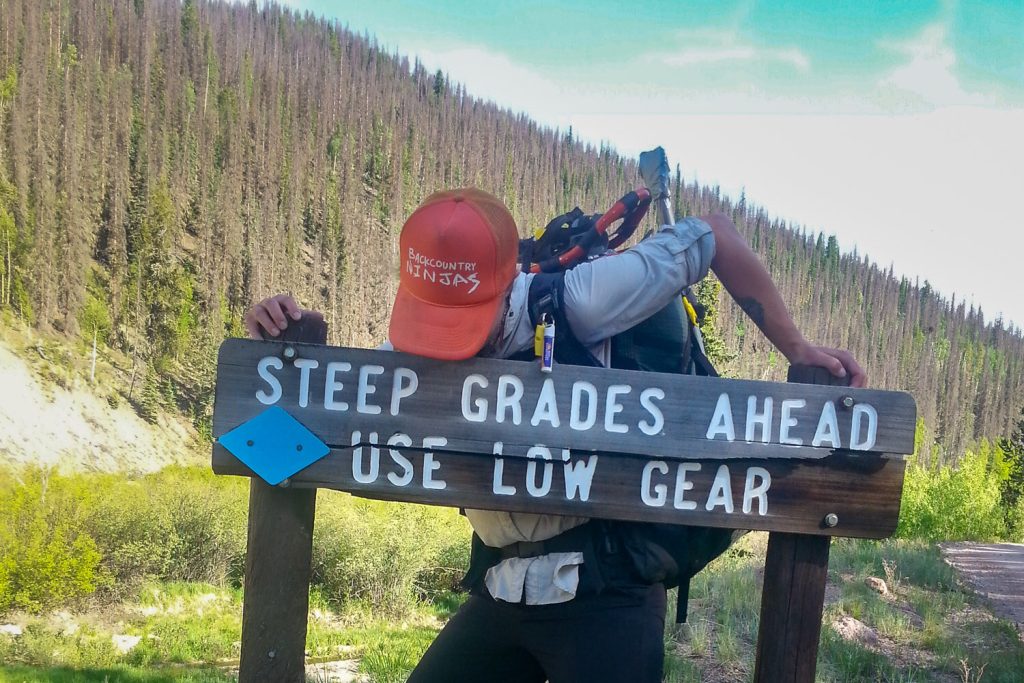
17. Learn To Love Hiking – Even The Uphill Part
There will be no shortage of tough climbs on your thru-hike, but there’s always a downhill, a ridge line, a high-elevation lake, or a siesta waiting for you at the top. After a few weeks, your legs will work like machines, so don’t sweat it. Take it slow and steady and you’ll be fine.
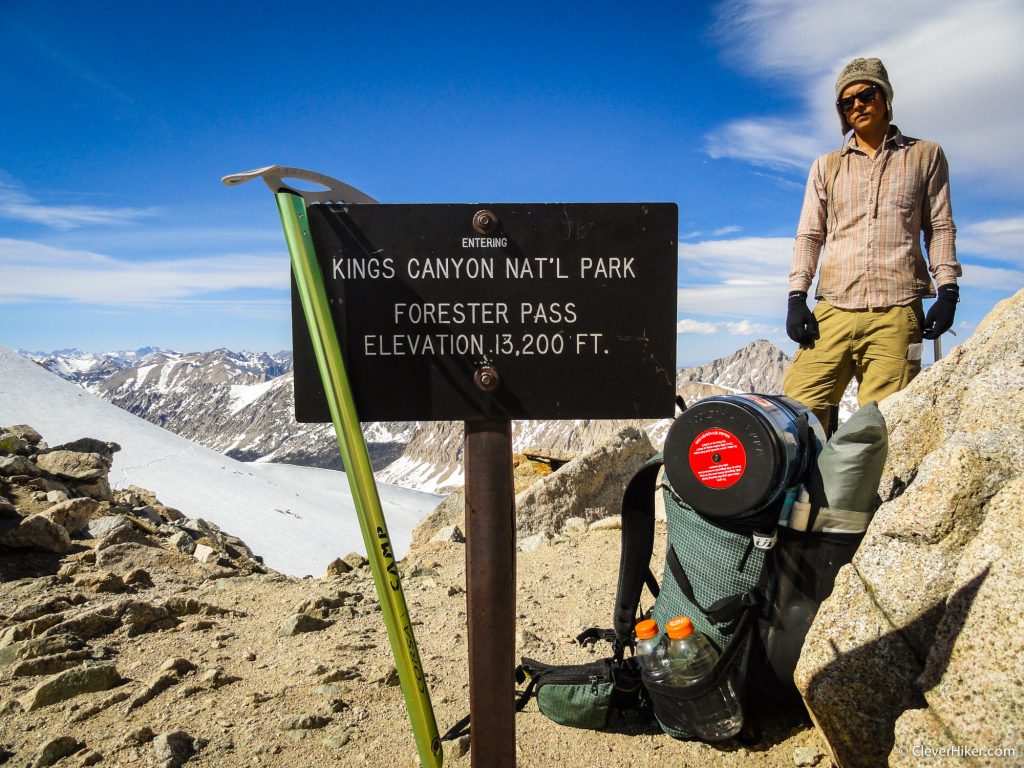
18. Prepare For Mental Fatigue
Physical preparation is important, but completing a thru-hike is primarily a mental battle. Hiking up to 14 hours a day for four to six months gives your mind a long time to wander – or to focus intently on every passing second.
Having done over a dozen thru-hikes, our team agrees that keeping a level head while you’re tired, wet, cold, sore, bored, and hungry is one of the most challenging parts of the experience.
There are lots of ways take mental breaks along the way that will keep you composed. Reading, writing, photography, videography, music, and podcasts are common ways that thru-hikers take the edge off. Everyone deals with mental challenges differently, so make sure to find a system that will work for you.
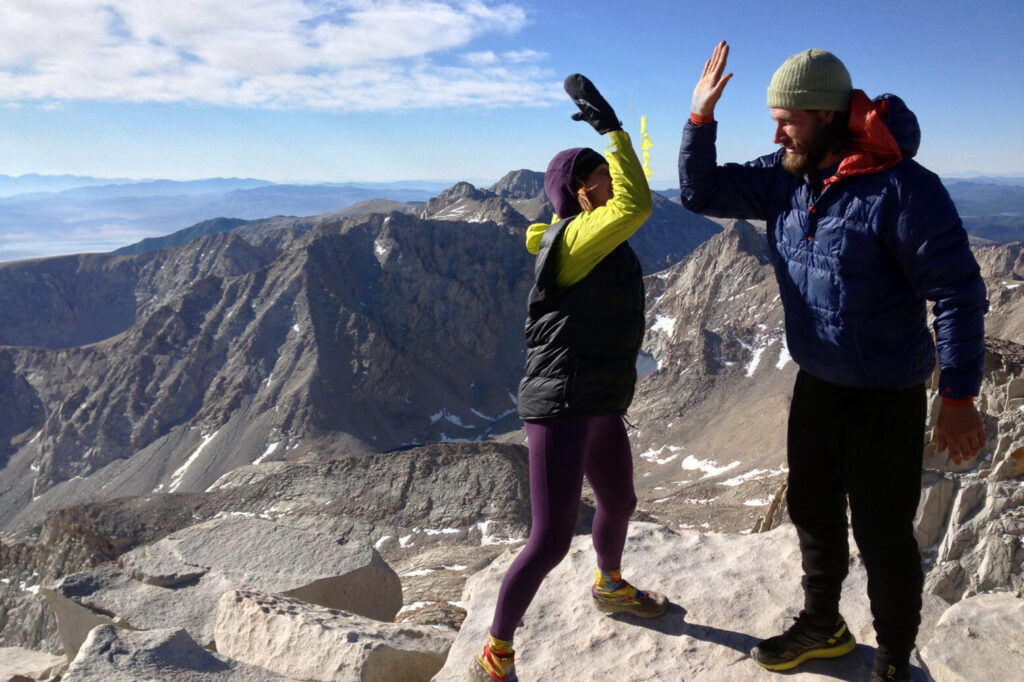
19. Positive Mental Attitude – The Key To Success
Having a positive mental attitude is probably the most important trait for completing a thru-hike. Knowing how to smile when the chips are down is an essential trail skill. Unwavering commitment, mental toughness, and downright (safety-conscious) stubbornness don’t hurt either. And it’s always important to remember, you could be sitting in a cubicle pounding on a keyboard instead.
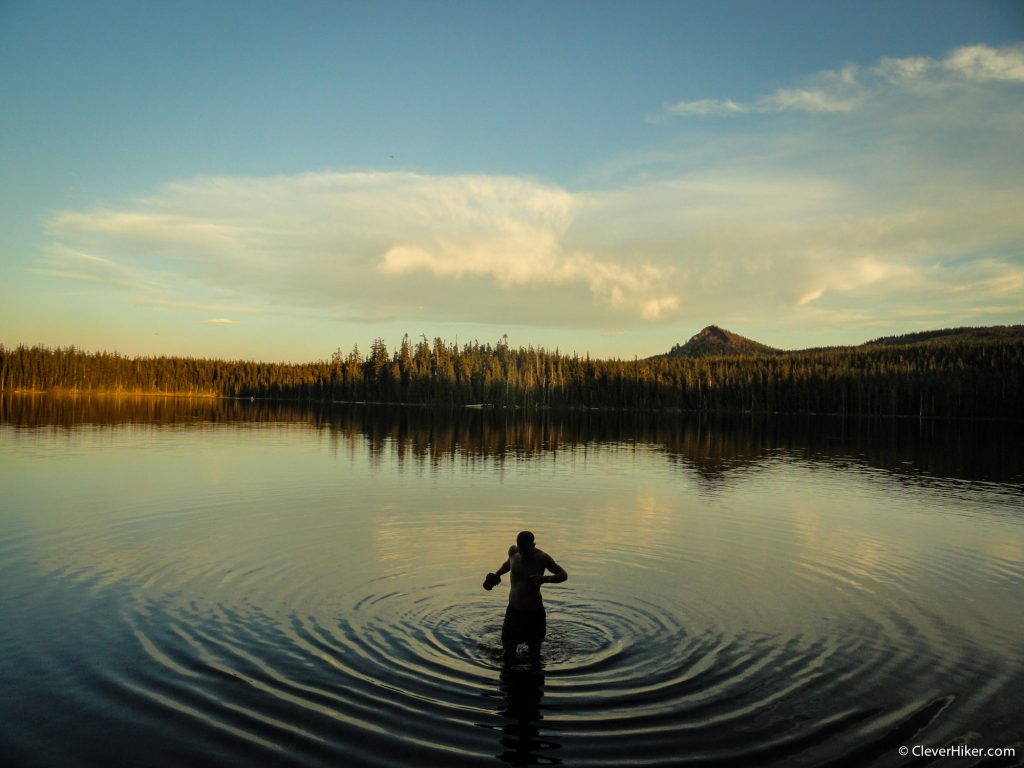
20. You Can Do It – Even When You Think You Can’t
At the end of the day, thru-hiking is just a lot of walking. With enough time and dedication, you can do it.
You don’t have to be a world-class athlete or a zen master to do it – that’s part of what makes it so special. It sounds tough – and it will be – but if you fully prepare and commit, you can do it.
Humans can accomplish truly amazing things when they focus and work hard. You are no different.
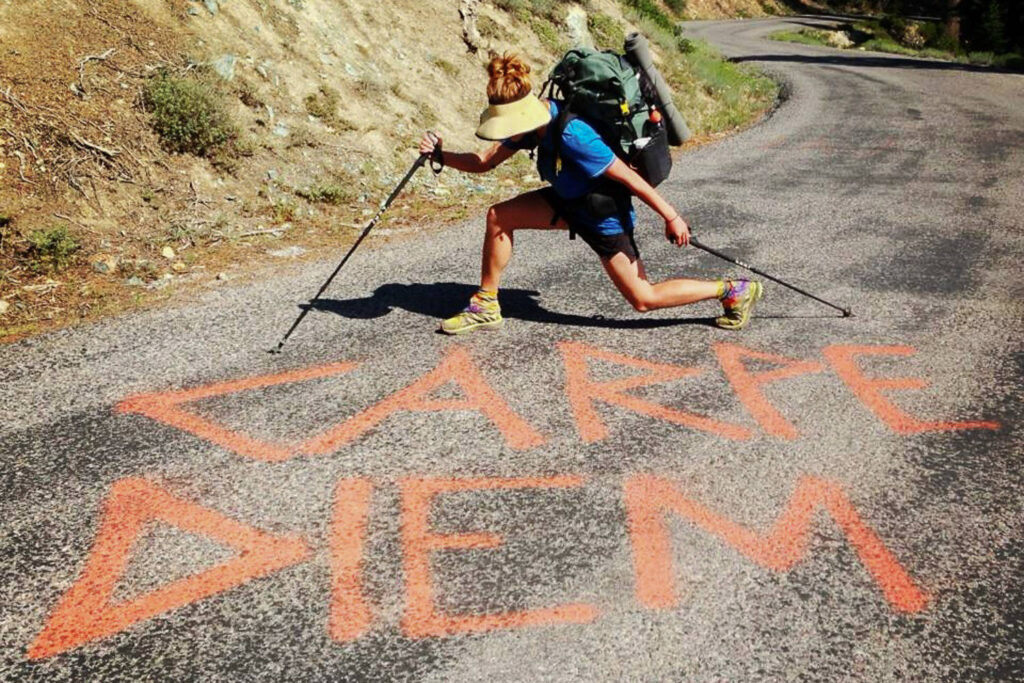
21. Get Out There – There’s No Time Like Now
Knowing what you are getting into is important, but the rubber has to hit the trail at some point. Eventually you just have to get out there and hike.
Your body will be sore. You’ll make some blunders in the beginning and hopefully you’ll laugh in the moment – or at least once you’ve had some time to reflect on it. But you’ll quickly learn, your body will adapt, and you’ll gain confidence with every step.
For more inspiration, check out our list of trip guides. We’ve hiked everything on the list, sometimes multiple times and we recommend them all!

